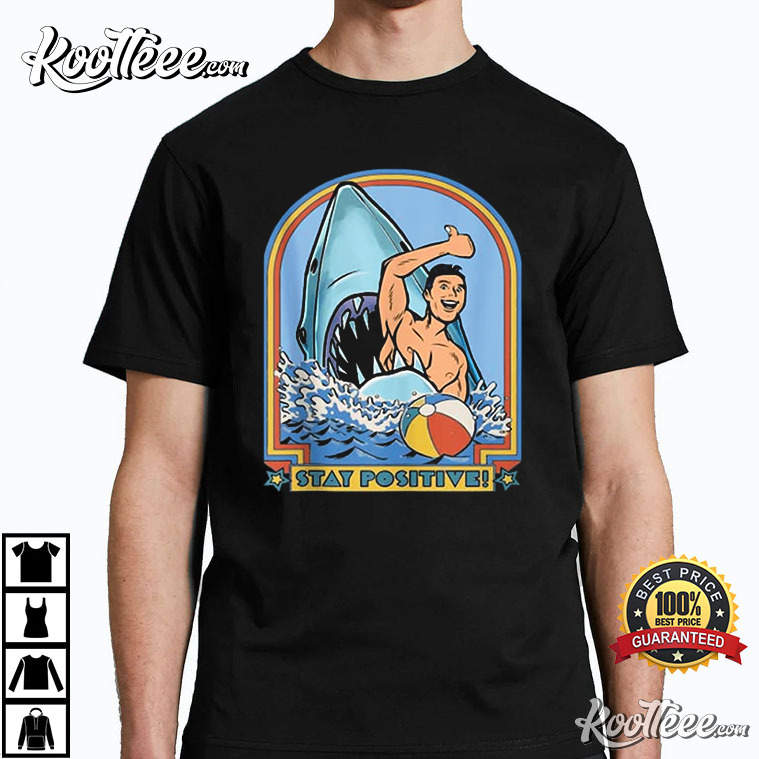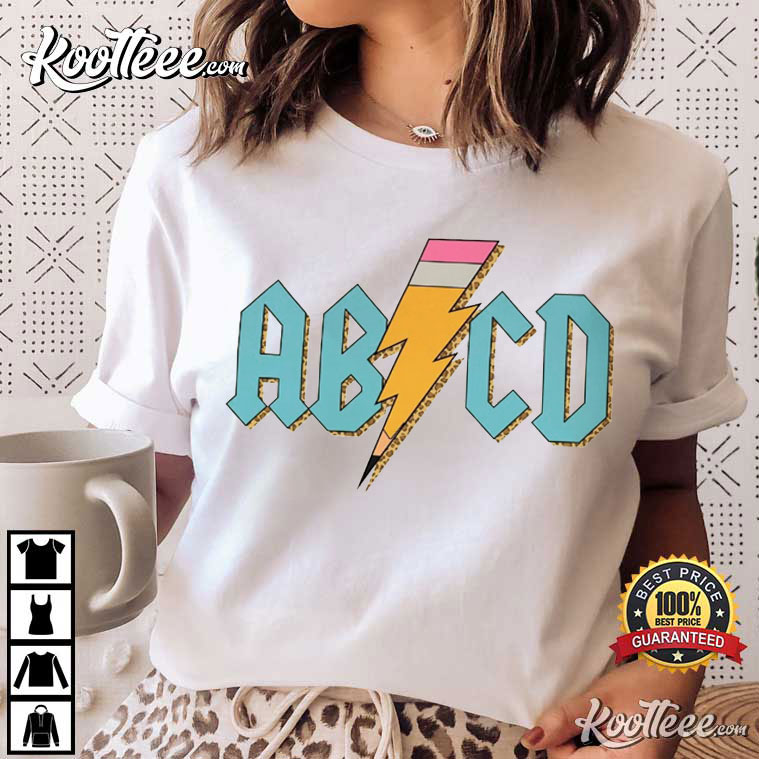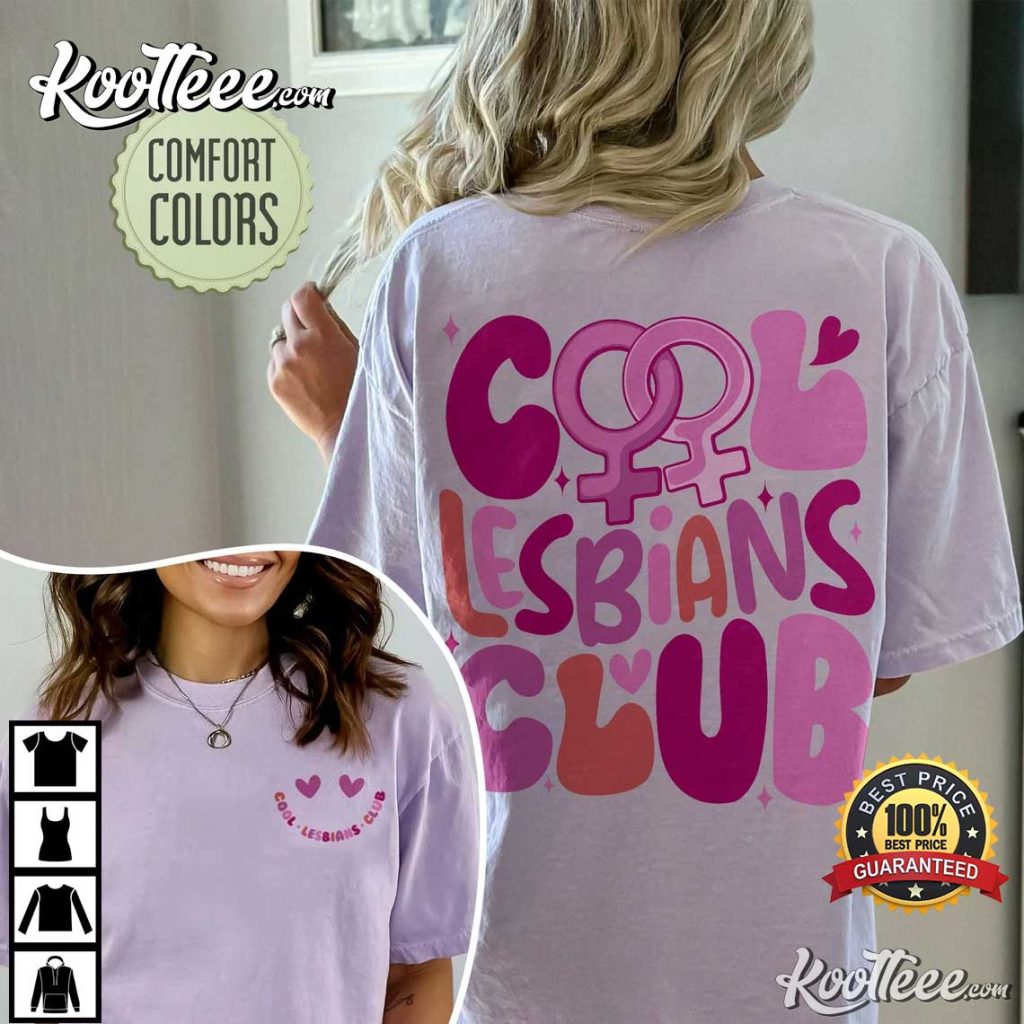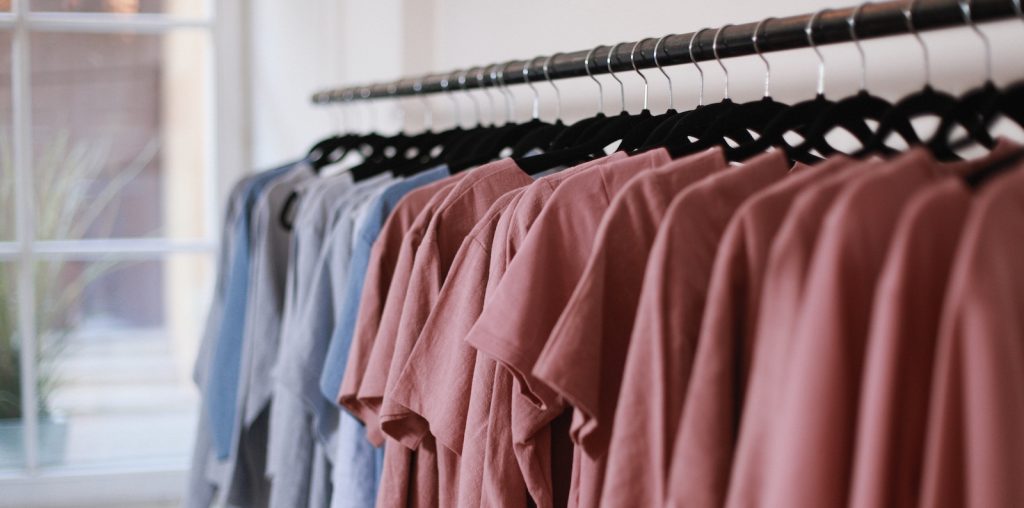No products in the cart.
News
Choose The Best Fabric For Hot Weather With 11 Absolute Tips
To keep comfortable and cool in the sweltering heat of summer, it is critical to choose the best fabric for hot weather. The fabric you wear can have a big impact on how you feel in hot weather since it affects your body temperature and overall well-being. In this blog, we will explore some effective tips to help you choose the best material for hot weather, so you may enjoy the season without sacrificing comfort or style.
1. Selecting natural fabric over synthetics
Natural fabrics are sourced from natural sources such as plants and animals and have distinct qualities that are the best fabric for hot weather. Cotton is a popular material for clothing because it is soft, breathable, and absorbs moisture. Linen is a lightweight, airy fabric with excellent heat conductivity. Silk is well-known for its sumptuous feel as well as its breathability. Bamboo materials are environmentally friendly and naturally moisture-wicking. When compared to synthetic materials, which can retain perspiration and cause discomfort, these fabrics frequently offer better moisture control.
2. Look for moisture-wicking characteristics
Sportswear and outdoor gear frequently feature moisture-wicking materials. This is the best fabric for hot weather and is designed to draw sweat and moisture away from your skin and onto the fabric’s surface. Once there, the moisture spreads out and rapidly evaporates, leaving you dry and cool. This feature is especially useful in hot weather or when engaging in physically demanding activities that lead you to sweat.
3. Cotton blends is the best fabric for hot weather
While 100% cotton is a traditional summer fabric, cotton blends can provide extra benefits. Cotton-blend fabrics with synthetic fibers like polyester or spandex can improve the fabric’s resilience and elasticity, making it more comfortable and form-fitting. Cotton blends frequently preserve the breathability and softness of cotton while adding moisture-wicking and quick-drying qualities, making them appropriate for a variety of summer activities such as workouts and outdoor adventures. You can choose some ideal items from Koolteee below to take the most of comfortable:


4. Examine for the UPF (Ultraviolet Protection Factor) rating.
The best fabric for hot weather meets UPF-rated criterias, which shield you from the sun’s damaging ultraviolet (UV) rays. The UPF rating of a cloth indicates how much UV light it can block. Fabrics with a higher UPF rating provide greater sun protection, lowering the risk of sunburn and skin damage during hot weather when you’re likely to spend more time outside.
5. Choose fabrics that are lightweight and breathable
Lightweight is breathable fabrics for hot weather that is often composed of tiny yarns or fibers that allow air to readily move through. They are lightweight and breathable, making them great for hot weather. Breathable textiles allow air to pass between your skin and the cloth, providing for greater ventilation. This airflow promotes perspiration evaporation, which is your body’s natural cooling function. This is the best fabric for hot weather you should keep in mind.
6. Think about light colors
Dark-colored textiles absorb more sunlight and heat, such as black, navy, or deep tones. During hot temperatures, this might make you feel hotter and more uncomfortable. Light-colored clothes, such as white, pastels, or light tints, reflect more sunshine and heat, keeping you cooler.


7. Focus on wrinkle resistance when choosing the best fabric for hot weather
Wrinkles are a common problem in hot weather, especially if you’re sweating or sitting for long periods of time. Fabrics like modal and lyocell are known for their wrinkle-resistant characteristics, which help you keep a neat appearance even in hot weather.
Tencel, also referred to as Lyocell, is a sustainable and environmentally friendly fabric manufactured from wood pulp derived from eucalyptus, bamboo, or beech trees. It has a smooth and silky feel that makes it easy to wear in hot conditions. Tencel is the best fabric for hot weather, which is extremely breathable and has excellent moisture-wicking characteristics, allowing you to stay cool and dry. It also resists creases and drapes wonderfully, making it ideal for dresses, blouses, and other summer garments.
8. Linen
Linen is a natural fabric created from flax plant fibers. It is extremely breathable and absorbent, making it the best fabric for hot humid weather. Linen’s open weave allows air to freely move, encouraging ventilation and keeping you cool. Linen is also known for its capacity to wick away moisture, which keeps the cloth from feeling damp or sticky. While linen wrinkles easily, many people enjoy the relaxed and casual vibe wrinkles can bring to their summer clothing.
9. Examine the weaving
It’s an effective way to select the best fabric for hot weather. The fabric’s weave describes how the fibers are ordered and joined. Fabrics having an open or loose weave, such as gauze or eyelet, have more holes, allowing air to pass readily through. This improves breathability and helps you stay cool. Tight weave fabrics, such as denim or twill, have fewer holes, restricting ventilation and absorbing heat.
10. Modal
Modal is yet another semi-synthetic fabric derived from beech tree pulp. It is extremely soft and lightweight, with great moisture-wicking properties. Modal is a breathable fabric that aids in body temperature regulation, making it excellent for hot and humid weather. To improve its characteristics, it is frequently combined with other natural fibers such as cotton. Because of its comfort and performance, modal is often used in casual clothes, loungewear, and activewear. Remember to choose your clothes with the best fabric for hot weather!
11. Examine customer feedback and own experiences
It’s a good idea to study product evaluations and obtain comments from individuals who have worn comparable garments in hot weather before choosing apparel produced from a certain fabric. Their insights about the fabric’s performance, comfort, and durability under hot temperatures can be invaluable.
Conclusion
Choosing the best fabric for hot weather can make a huge difference in your summer comfort and enjoyment. Lightweight, breathable, and natural textiles that suit your style and needs should be prioritized. With the help of the aforementioned helpful guidelines, you can confidently construct a summer wardrobe that keeps you cool, stylish, and ready to embrace the season’s adventures. Maintain your cool and beat the heat!

